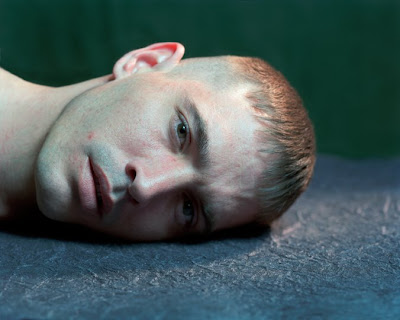Ulysses S. Grant helped Mathew Brady usher in an era of candid portraiture, records of soldiers portrayed in moments of composure, of quiet between salvos. Though this is clearly a perilous calm; Grant's poise is tenuous, and his surroundings are as temporary as his glance is fleeting.
There's an extensive discourse on this image, courtesy of Jeff Galipeaux, originally published in 2002 on Salon.com. An excerpt:
In June of 1864, along with nearly 2,000 images of soldiers, fortifications, battlefields and cannons, Brady took the first important casual photograph, the first permanently recorded awkward image of an important man: The image of Ulysses S. Grant. Brady captured the image at the forward command center in City Point, Va. It is a landmark of psychological portraiture, paparazzidom and the creation of a public image -- all at once.
The hat is slightly askew. The brow is scrunched. There is that frown. There is the awkward placing of Grant's feet, the angle of his hip; the left hand clenched in a fist, the fingers of the right brushing against a tree. It's all wrong for the portrait of an illustrious leader in 1864, but disarmingly natural by today's standards.
I have always found this portrait tremendously compelling. The shape of the tent, the line descending to the right like the graph of a falling stock market (the fate of the South, mapped out in the Northern command post?), the bright foreground water, the elegant folding chair, the muck, the tree trunk, the sky, all of these planes of interest and textural details surrounding the nominal subject of the photograph.
Current photographers whose work is of soldiers, without the context:
Suzanne Opton


Suzanne's work in the "Soldier" series has been featured on a series of public art billboards around the country, including in Minnesota:
Ellen Susan
Ellen's photographs are originally done as wet collodion negatives, which gives her a straight-line connection to Brady and Grant (and accounts for the reversed type that appears on these soldiers' name tags). She also makes inkjet prints, which allows her work to reach a larger audience.



Suzanne Opton's "Soldier" web site
Suzanne Opton's personal web site, including her expansions on the "Soldier's Face" theme that use images of citizens who have been bystanders to war
Ellen Susan's "Soldier Portraits" web site




No comments:
Post a Comment